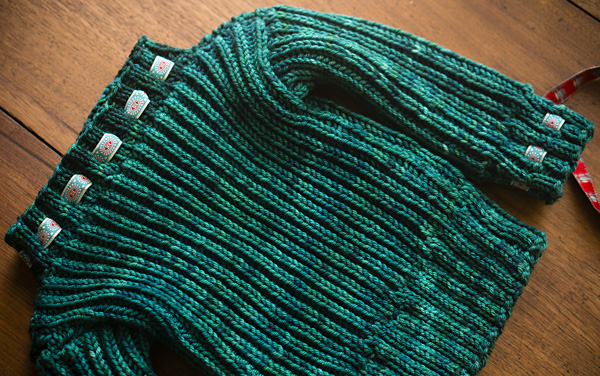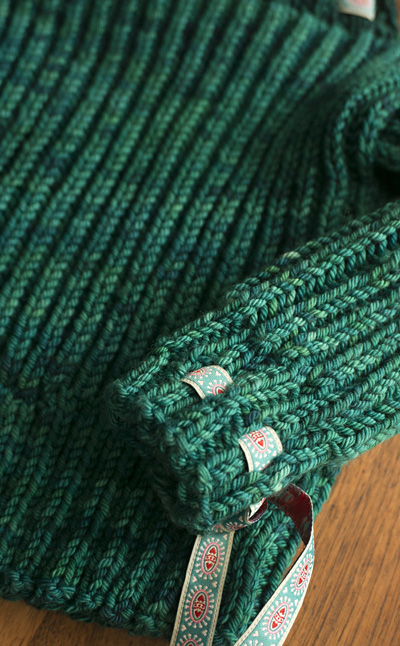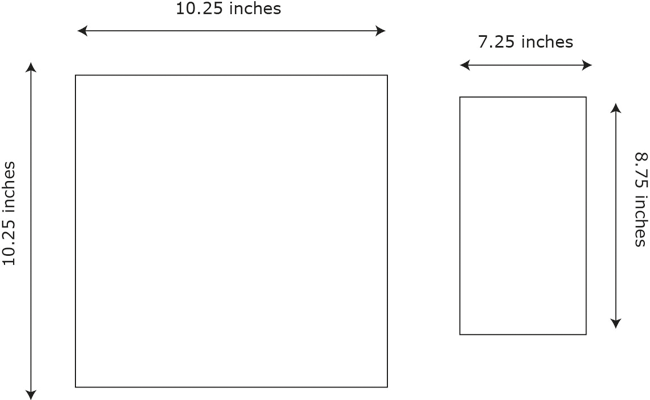The Call of the Small
I keep knitting baby clothes for no reason at all, because I enjoy knitting baby clothes.
I don't have a baby. I don't want a baby. I am not one to seek out the company of babies for the sheer hell of it. Babies are fine, I guess. Sort of like mushrooms. I will eat a salad with mushrooms in it, but on the whole I would prefer a salad without mushrooms in it.
I'm sorry if you are a big fan of babies and/or mushrooms, and feel upset that I do not share your enthusiasm. I'm not sure what to tell you. Perhaps we can find common ground elsewhere. Are you fond of Edith Piaf?
It's probably a good thing for all concerned that babies and I don't see much of each other. They don't come to my gym, I don't go to their playground. I have a niece, who is now at that one of those ages (I forget which) where she can ride to school by herself but not drive. She used to be a baby. It was nice. You could play with her and stuff; then when you were finished for the moment you could put her down and she would stay there. Like a cribbage board.
You could also dress her up, and I did. She came home from the hospital in one lacy thing I had knit, and was christened in another. She got an intarsia sweater from me the Christmas before she was born, and another sweater the following Christmas, then I remember some mittens. And a kimono top, and an Elizabeth Zimmermann Tomten Jacket. There was a hooded cape, if I recall correctly.
Babies are fun to dress up. It doesn't take long to make baby stuff, even if it's fancy. This is especially true for the youngest babies. You can do a really groovy cabled sweater for a newborn and truly it's not much more knitting than a tea cozy plus arms.
You know what else? Babies don't complain about what you make for them, not in so many words. You can put just about anything on a baby, and people do. I have about six thousand people in my Facebook feed and sweet sainted Barbara Walker, you should see what happens to babies who know people who play with yarn. It's none of my business if you want to use your tapestry crochet powers to disguise your infant as a bottle of Courvoisier or a bag of Fritos, but don't expect me to click your Like button.
The babies don't care. They just think, "okay -- now I'm a bag of Fritos". They don't tell you" sorry, I never wear that shade of blue". They don't look in the mirror and say, "I hate the way it cuts me right across the butt". They will maybe throw up on it, but it has been explained to me that it's nothing personal if they do.
Whereas if you knit something for a grown-up and they put it on and throw up, you should worry that maybe they don't like it much.
The only thing I couldn't get the hang of when I started knitting for babies was what size to make. Babies have this annoying way of growing faster than you knit. You wouldn't believe that's possible, right? They have to produce bone and skin and muscles and…ectoplasm?...or whatever babies are stuffed with, and all you have to make is stockinette. But still you'll lift up the whatever-it-is and the baby's mother will smile sadly and say, "I'm afraid little Columbia Agnes is too big for that now. Maybe a week ago last Tuesday."
@#$!%*.
I wasn't around to see it myself, but it looks like babies must have been doing this at least since the last quarter of the nineteenth century when this issue's pattern showed up in Weldon's Practical Knitter.
It's a very simple sweater. Mostly you're just making squares and rectangles. But once you sew it together and add the collar, it turns into a reasonably convincing itty bitty teeny weeny version of a fisherman's jersey, and what's cuter than that? Not bag of Fritos, that's for sure.
The thing that caught my attention was the editor's introduction to the original pattern. It says that if you just change the length of the sleeves or body, the widths as given will stretch to fit a kid from three to six years old. That right there is an attractive quality in a child's garment.
It's the brioche, of course. Almost the whole thing is knit in brioche, which looks like ribbing and stretches like Lycra. If you pull hard you could stretch the shoulders of this sweater from one edge of Montana to the other. But probably people would complain.
Now, please keep in mind that the sample as it turned out is not going to fit a modern kid aged three-to-six. Although I used needles of about the sizes originally called for (thanks to a gauge in my collection, produced in England around the same time as the pattern), and yarn that played well with them, this version is more for somebody in what is now a one-to-two years size. You could maybe put it on a twiggy three-year-old if you added length, but I haven't met your toddler so be sure to measure before you begin.
Did you cast on already? I hope so, because while you were reading this the baby grew another four inches.
|






